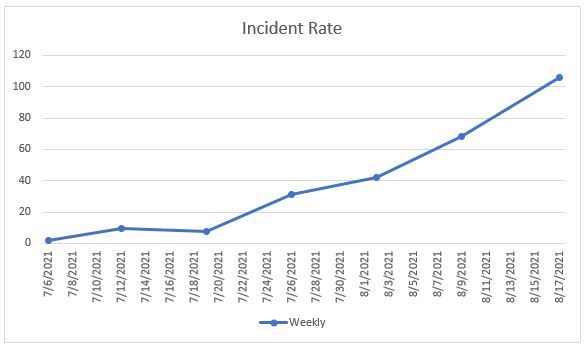A five-year, $1.36 million study funded by the Natural Resources Conservation Service will monitor the wildlife benefits and water quality effects of wetland restoration in western Kentucky.
Murray State University has been chosen to do the monitoring work in association with The Nature Conservancy.
The monitoring project will study the restored wetlands’ potential to reduce nutrient pollution and will measure water and soil quality. Murray State University will also look at the wildlife impacts of these restoration efforts.
“We are excited about this project not only because we are breaking new ground in terms of restoration monitoring, but because our results will aid the planning of future restoration efforts here in Kentucky as well as throughout the Mississippi River basin,” said Howard Whiteman, a professor in Murray State University’s biological sciences department and director of the Watershed Studies Institute. “Similar projects are starting to take root in Tennessee and elsewhere in the basin, but ours is the first. We hope to make it the standard by which these newer projects are judged.”
An intact floodplain holds water after a flood event and slowly lets it drain back to the river. Many wetlands within the Mississippi River floodplain, however, have been ditched and cleared to allow for farming and development. As a result, water quickly runs off the land, taking excess nitrogen, phosphorus, and sediments into the river. This nutrient pollution makes its way down the river all the way to the Gulf of Mexico, where it contributes to a dead zone – a low-oxygen zone nearly devoid of life – that is now the size of New Jersey.
Conservation organizations have worked for years to restore wetlands so the land can hold water longer, reducing the nutrient pollution going into the Mississippi River.
“We work with farmers to take frequently flooded land out of agricultural production, plant native trees in the area, and where possible, restore the hydrology,” says Shelly Morris, the Conservancy’s western Kentucky project director. “In some cases, we plug ditches that were installed decades ago to drain the land or install levees to retain water seasonally. After all this work, we want to know the impact we’re having on reducing nutrient pollution.”
Clarifying the effects of restoration will help conservation groups conduct better restoration in the future and may help secure funding for future projects.
Advertisement
Wetland Monitoring Study Set For Western Kentucky
Advertisement
Latest Western Kentucky
Western Kentucky
Feb. 16, 2023
Western Kentucky
Aug. 18, 2021
Western Kentucky
Aug. 14, 2021
Western Kentucky
May. 27, 2021
Western Kentucky
Apr. 27, 2021
ADVERTISEMENT
Most Read >
ADVERTISEMENT
Latest Western Kentucky
Western Kentucky
Feb. 16, 2023
Western Kentucky
Aug. 18, 2021
Western Kentucky
Aug. 14, 2021
Western Kentucky
May. 27, 2021
Western Kentucky
Apr. 27, 2021
Advertisement
ADVERTISEMENT





